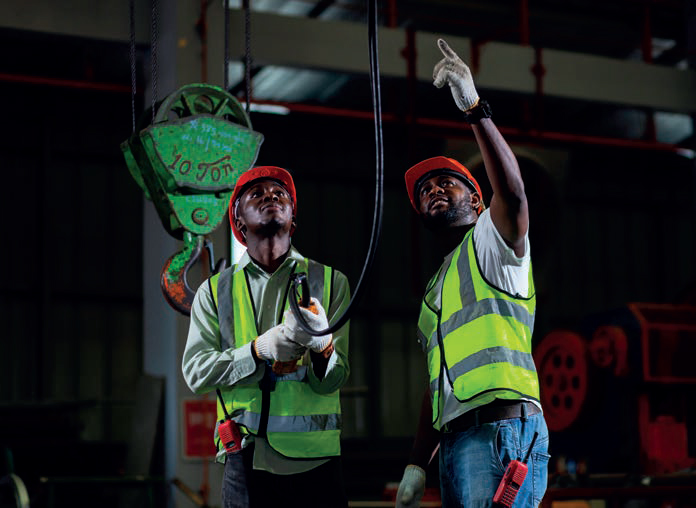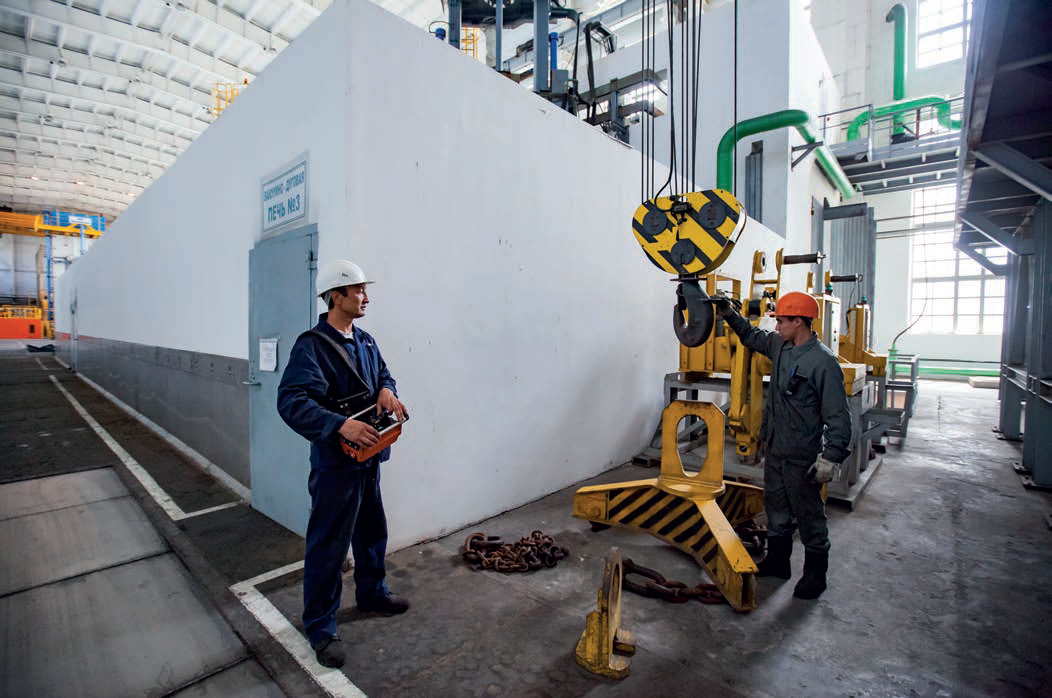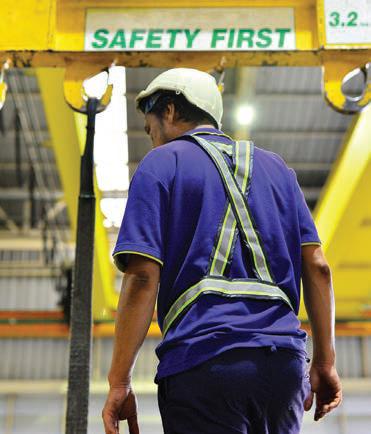5 considerations for building a crane management strategy
29 March 2024Brian Cook, senior product manager at Conductix-Wampfler, says there are five considerations for building a crane management strategy.
Within the manufacturing space, a crane management strategy is a critical puzzle piece for your facility’s success.
It ensures your crane equipment – and those managing the machinery – operate as efficiently and safely as possible. By prioritising proficient crane management, you maximise your machinery investment, improve throughput, and increase your overall business profitability.
Inarguably, countless benefits come with a thoughtful crane management strategy. But it can be overwhelming to know where to start in crafting one for your specific business and goals. Here are five considerations that can serve as a guide for effective crane management in the years to come.
1. Don’t go cheap
Cranes are one area of your business where quality is key to running a successful facility while keeping employees safe. It’s important for facility managers to understand what type of crane is right for them and to invest in a good product that will last. Cranes can last between 15-50 years, so don’t skimp on quality. Investing in premium equipment means increased performance and safety. If employees know that the equipment they’re handling is highquality, they will have more confidence in operating, which can lead to reduced injuries.
A good product also means less maintenance is needed. If a facility continuously takes time to repair and retrofit its products, that means increased downtime, compromising productivity and profitability. Investing in a quality crane that fits your needs will alleviate this pain point and positively impact your bottom line.
2. Prioritise safety
Safety is one of the most essential areas to prioritise when considering a crane management strategy and is critical in any industrial or manufacturing setting.
According to a study from the US Bureau of Labor Statistics, nearly 300 crane-related deaths occurred from 2011 to 2017. Just over half of the fatal injuries involved a worker being struck by an object in motion by a crane.
Cranes are complex equipment and can weigh several tons. If something goes wrong with one of your cranes within a facility, that can lead to equipment damage and, ultimately, workforce injury. By integrating modern safety features, plants and facilities can bolster crane safety, reduce occupational injuries, and optimize crane operations.
A few examples of safety measures are below: £ Sensor-based systems: Modern cranes are beginning to include advanced sensor technologies such as load moment indicators, anti-collision systems and zone monitoring. These systems provide real-time data on load capacity, stability, and potential hazards, helping to ensure safer operations.
£ Predictive maintenance plans: Leveraging operational data from all cranes within a plant or facility can help detect maintenance issues before they escalate into safety hazards. Predictive maintenance plans help facility managers schedule maintenance proactively while reducing the risk of crane breakdowns, accidents, and downtime.
£ Radio remote controls: Radio remote controls have revolutionised crane operations by offering operators increased flexibility, convenience, and safety. They are commonly used in place of pendant pushbutton stations or fixed control stations and cabs. Radio remotes provide greater freedom of movement, visibility, and accuracy, which help to reduce the risk of collisions or accidents during complex lifting operations. Modernised radio remotes also include added safety features, including tandem crane control, lamps, horns, and lights to signal when a crane is in use.
3. Keep consistent equipment design
Within a manufacturing facility, it is common for there to be multiple types of cranes for use across various operations. A helpful strategy to reduce maintenance and increase productivity is standardising crane equipment where possible. This will help reduce the number of spares needed. Standardising your conductor bar, festoons, rails, and radio remotes is a good place to start. Additionally, utilising a radio remote that includes tandem crane controls can reduce the number of remotes needed for operations, streamlining operator training, and standardising tasks.
When considering a crane management system and consistent equipment design, collaborate with a vendor who understands what tasks your cranes will be performing and where your facility can streamline operations and maintenance.
4. Train your operators
Effectively operating a crane takes hours of training to ensure employees are prepared to operate, maintain, and repair the equipment when needed. Crane operators must have a heightened attention to detail, good mechanical aptitude, and strong verbal communication to ensure the safety of those around them and the safety of the equipment when moving heavy loads.
A best practice when investing in a crane management system is to invest early in operator training. The manufacturing industry has a high employee turnover rate, so it’s important to have effective training practices to get operators up to speed and make them feel comfortable operating the different cranes within a facility. The better training operators receive, the less downtime there will be throughout the day. Also, the more familiar they are with the different cranes across a facility, the easier it will be for them to perform necessary maintenance instead of needing a third party to repair a crane each time something needs fixing.
5. Choose a reliable partner
A reliable vendor partner is crucial in helping you meet crane management and operational goals. Cranes will inevitably need maintenance and spare equipment, which means finding a partner who understands your inventory, how to fix your equipment, and what your operators need will give you peace of mind. Look for a partner that can guide you on best industry practices that you and your employees can trust.
Cranes are necessary for many businesses as they reduce the need for manual processes, increase productivity, and keep a facility moving. The sector is seeing many innovations and modernisations to bring cranes into the digital age. The time is now for facility managers to take advantage of crane optimisations, but it’s vital to first understand how to manage the overall working system to keep operators and equipment safe and functional.



